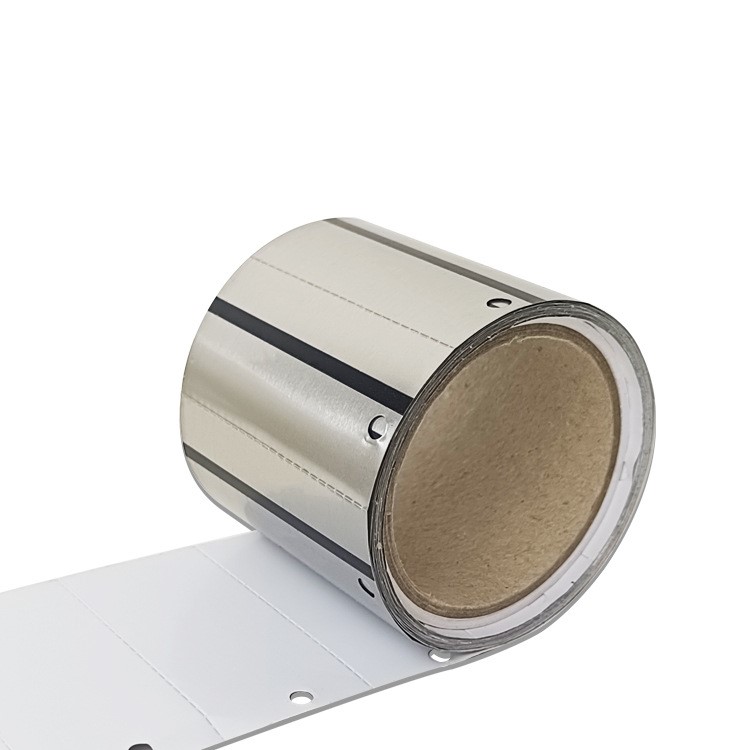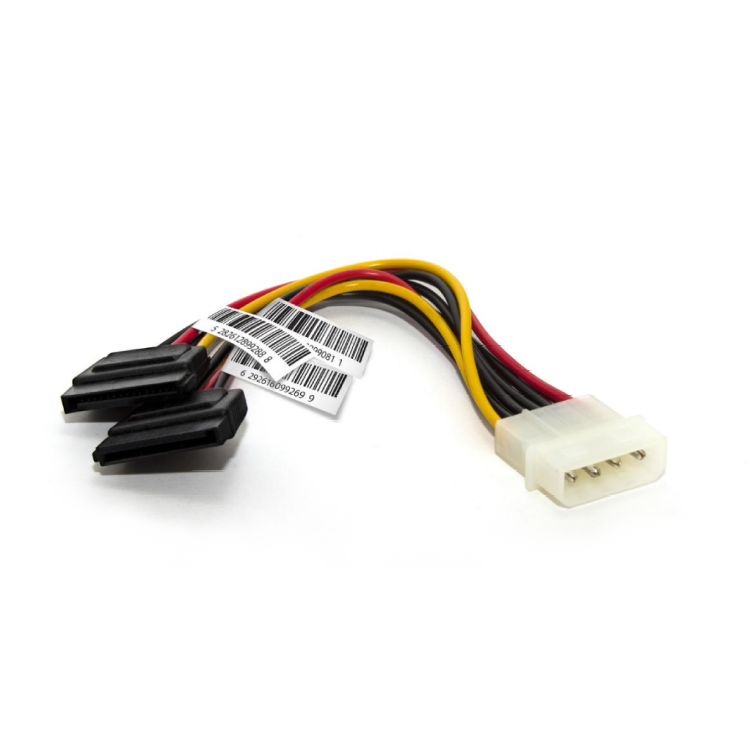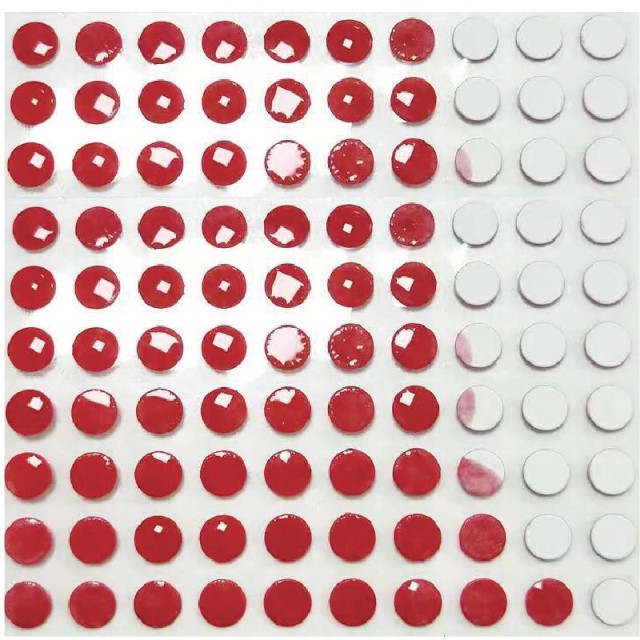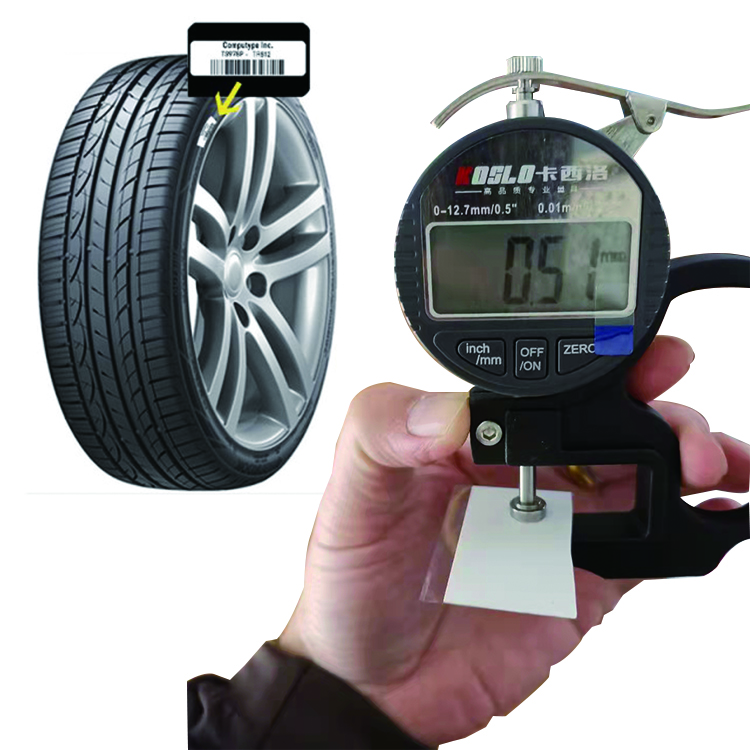
PP synthetic paper label
Basically the same as polyester film, it needs to be biaxially stretched to maintain dimensional stability. The surface should undergo corona treatment. After processing, it can be made into transparent, bright milky white, and matte milky white information labels with waterproof, oil resistant, and chemical resistant properties, suitable for heat transfer printing.
The advantages of synthetic paper
1. The production process of synthetic paper is pollution-free, and the raw materials do not require wood or natural plant fibers, which can greatly save forest resources and reduce environmental pollution
Even if incinerated after use, the plastic substrate only contains carbon and oxygen elements, which will not produce toxic or harmful gases. 100% recycling, circular utilization, economical and environmentally friendly
3. Light weight, high strength, tear resistance, paper whiteness and opacity can reach over 90%, good shielding performance, UV stability, and durability
4. The surface is smooth, the size is stable, the printing performance is excellent, the printing adaptability is good, and the surface coated with special materials can also be heat transferred or marked on its surface, such as pencils, ballpoint pens, etc
5. With good processing performance, cutting, die-cutting, embossing, hot stamping, drilling, sewing, folding, gluing and other processing methods can be used
6. Long storage period, anti moth, waterproof, resistant to chemical corrosion, and resistant to grease
Direct contact with food is allowed
Characteristics of Synthetic Paper
1. Belongs to thin film adhesive label materials
2. Environmentally friendly materials
3. Light weight, high strength, tear resistance, strong printing adaptability, strong shading ability, UV resistance, durability, economical and environmentally friendly
4. Due to the pollution-free production process, it can be 100% recycled and reused
5. It has excellent processing performance
6. High brightness, good resolution, and convenient printing of printed materials
7. Compared to other types of paper, it has good whiteness, is not easily discolored, and will not turn yellow in the long run
Is synthetic paper adhesive material classified as film or paper
PP synthetic paper adhesive material can be easily misled by its name. Some netizens say that synthetic paper is a type of paper material, and the material name is clearly written. So what the editor wants to say is, no, PP synthetic paper does not belong to the category of paper adhesive materials. Don't be misled by its name. Let's take a look together below
PP is the English abbreviation for polypropylene, which is a colorless, odorless, non-toxic, and semi transparent solid substance. The most common application of PP in advertising materials is PP synthetic paper, which is a material formed on the surface of PP synthetic paper through coating, backing adhesive, slitting and other production processes. It is the most commonly used basic consumable in advertising production and adhesive labels
Due to the characteristics of both plastic and paper, PP synthetic paper has a wide range of applications in many aspects, mainly including the following aspects:
1. High quality printing. Such as posters, magazines, pictures, maps, calendars, books, etc
2. Packaging purpose. Such as handbags, packaging boxes, pharmaceutical packaging, cosmetics packaging, food packaging, industrial product packaging, etc& nbsp;
3. Special purpose. Such as various labels, paper currency, colored image paper, CAD drawing paper, industrial computer and instrument recording paper, express envelopes, clock plates, paper fans, umbrellas, travel paper hats, and other travel promotional materials
4. Adhesive labels. Synthetic paper is used as the surface material and coated with adhesive to produce self-adhesive material, which is then processed by die-cutting and printing to produce self-adhesive labels. Commonly used for daily chemical labels, cosmetics labels, chemical labels, etc
Characteristics of Synthetic Paper:
1. Printing, screen printing, offset printing, and hot stamping are all available
2. Cut or roll according to customer requirements; Customized thickness and width according to customer requirements
3. It is allowed to come into direct contact with food, waterproof, oil resistant, and chemical resistant. It is environmentally friendly and 100% recyclable. Even if it is incinerated, it will not produce toxic or harmful gases
4. Save a large amount of forest resources, have a long shelf life, are resistant to decay, anti-corrosion, and durable
5. High strength, puncture resistant, tear resistant (especially horizontally), wear-resistant, and good folding resistance
We offer comprehensive technical support, including free professional labeling solutions, advice on label materials and adhesive selection, as well as online/offline assistance from professional software and hardware engineers. Service email: andy@ownlikes.cn. In pre-sales, we leverage our extensive experience in specialty labeling projects to provide clients with the most suitable hardware solutions. Additionally, all our label barcode printers and scanners come with a three-year free warranty, demonstrating our confidence in our products.






This site is protected by reCAPTCHA and the Google Privacy Policy and Terms of Service apply.